Shaper Interviews
Dave Allee: A New Take On Retro Surfboards
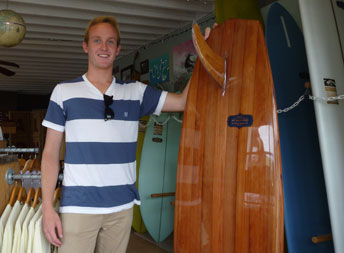 Dave Allee of ALMOND surfboards has taken a new approach to a few popular retro board shapes. By applying contemporary shaping knowledge to classic designs he is able to achieve board shapes that are unique, fun and deeply rooted in our sport's tradition.
Dave Allee of ALMOND surfboards has taken a new approach to a few popular retro board shapes. By applying contemporary shaping knowledge to classic designs he is able to achieve board shapes that are unique, fun and deeply rooted in our sport's tradition.
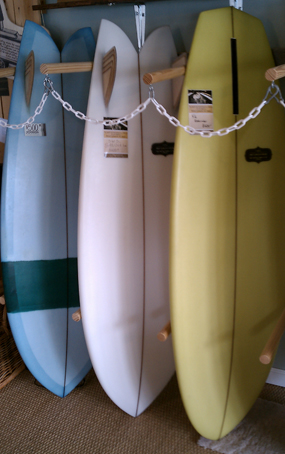 Dave: Definitely a ton of inspirations in terms of board design. Not going to pretend like we invented this stuff. We basically started with an old Hobie log that was shaped in 1964 (super heavy and super narrow) and surfed it at Blackies.
Dave: Definitely a ton of inspirations in terms of board design. Not going to pretend like we invented this stuff. We basically started with an old Hobie log that was shaped in 1964 (super heavy and super narrow) and surfed it at Blackies. 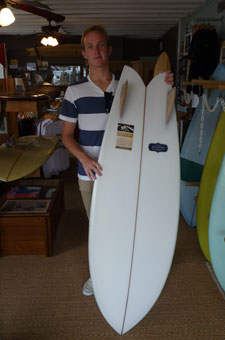 SS: When you take inspiration from a vintage shape, what design elements did you find yourself modifying the most?
SS: When you take inspiration from a vintage shape, what design elements did you find yourself modifying the most?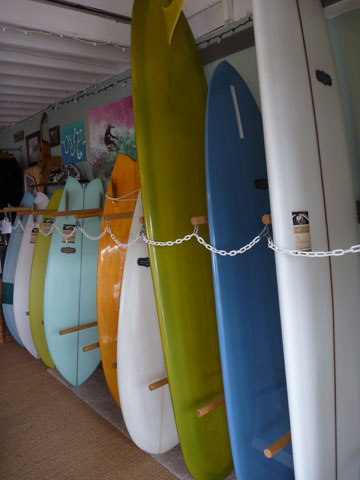 SS: What will a surfer moving from a modern performance longboard to one of your retro inpired logs experience? How does the board feel different?
SS: What will a surfer moving from a modern performance longboard to one of your retro inpired logs experience? How does the board feel different?
Dave:The biggest difference is going to be the volume. Having more volume allows a surfboard to do two things: sit lower in the water because of the extra weight and catch waves earlier.
The extra volume allows you to glide into waves early, but also effects how quickly you can turn the board. Bigger heavier boards typically do everything smoother and slower than high-performance boards. This means truly turning the board off of the tail, waiting for it to come around, and then setting your line.
The stability of the board makes noseriding a much more realistic option. The modern performance longboard is as different from a traditional log as a Dumpster Diver is from a displacement hull.
I see a lot of kids who want to snag their Dad's old 8'6 Stewart out of the garage and try to surf it like Alex Knost in One California Day, but there's a bit more to it than that. Oppositely, if you get someone who rides shortboards or high-performance longboards and throw them on a big heavy log, they usually feel like they can't get enough of the rail in the water to turn it.
SS: What keeps you stoked on vintage inspired surfboards?
At the end of the day, there are an absurd number of ways to ride a wave these days. But there is merit in each of them, I still get my kicks riding a 9'7 Singlefin log, and I'll continue to do so until it isn't fun anymore. (Likely never)
Conclusion
By applying new board knowledge to classical shapes, Dave and the team at ALMOND are able to create boards that perform well in unique ways. By adjusting design elements like: weight, width, rails, fins and rocker, they are able to achieve results that work well in their local breaks. If you would like to see more of Dave's boards, you can do so in the SurfScience.com Board Rack or by checking out his website www.LifeIsJustSwell.com
Board Rack Listing for - ALMOND Lumberjack
Board Rack Listing for - ALMOND Sandia Fish
Board Rack Listing for - ALMOND Surf Thump

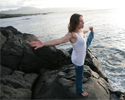
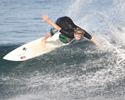



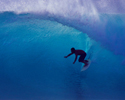
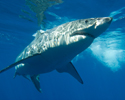

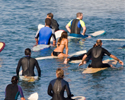
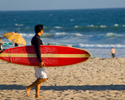




0 Comments